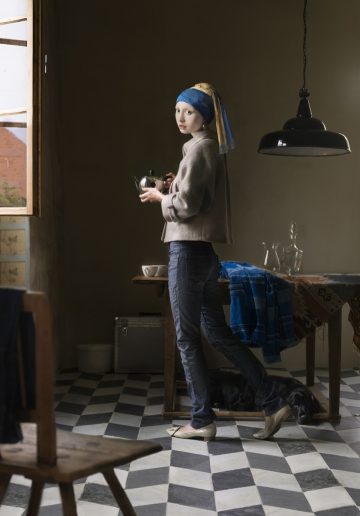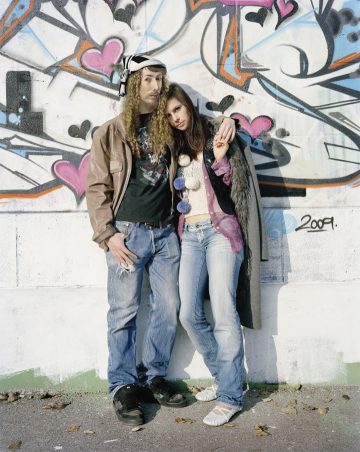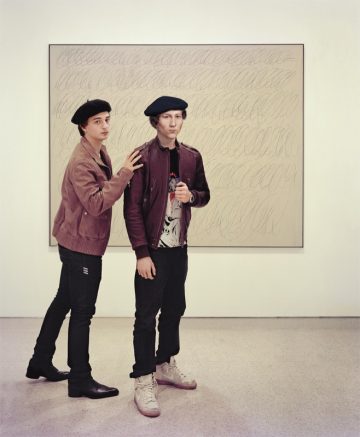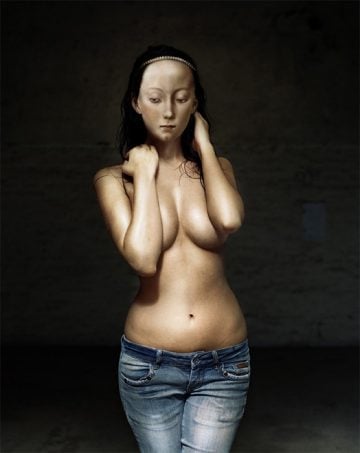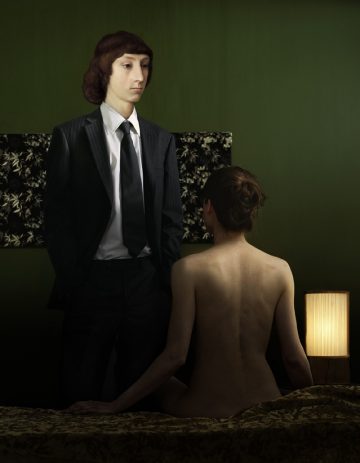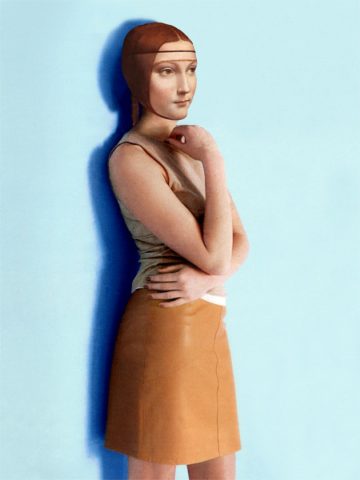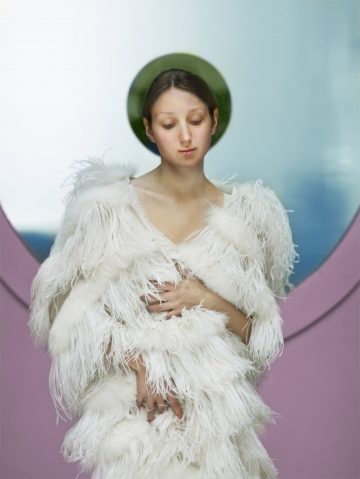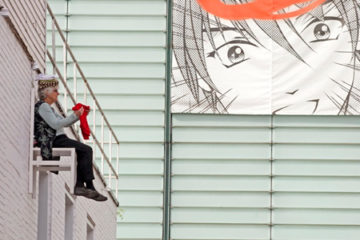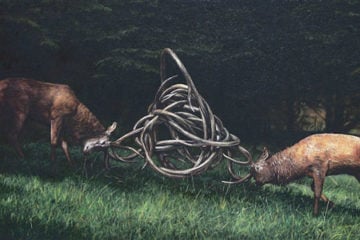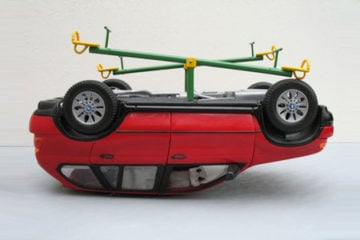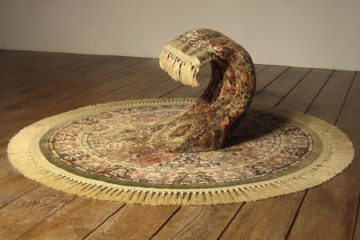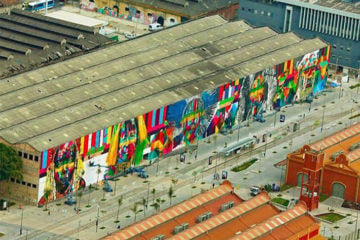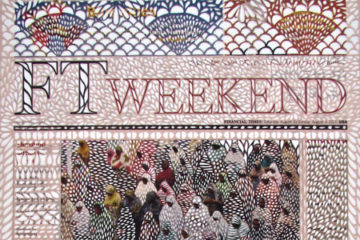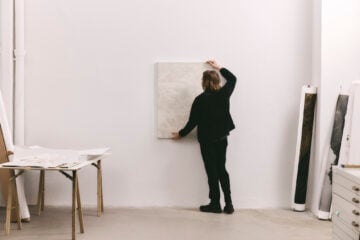Dorothee Golz
- Words
- IGNANT
Even though we sometimes have no idea where from, we actually know many of the paintings of the old masters. In her work ‘digital paintings’, artist Dorothee Golz from Vienna shows us that these masters and their motives are not even remotely as old as they might seem.
+ Read MoreShe uses renaissance paintings to cut out the classical portraits and to insert them into contemporary photographs. Thus she plays with the visual role of the female and the influence of the patriarchal gaze and it turns out: while the possibilities of expression and emancipation are not comparable to renaissance time at all, the way we perceive the image of a woman is still strongly shaped by the male influence.
In the 18th century the German writer Georg Lichtenberg said: ‘Basically people are all the same, but what makes the difference are the circumstances.’ On that note Leonardo Da Vinci’s ‘Woman with an ermine’ now poses self-confidently in a leather skirt, while Albrecht Dürer casually puts his arm around his streetstyle girlfriend and Vermeers ‘girl with a pearl earring’ is making herself a pot of tea instead of exercising the same melancholic gaze over the shoulder over and over again.
Of course, what fascinates us is the fact that people did not look a lot different 500 years ago and it’s this simplistic idea that makes Golz’s pictures easily to comprehend. But at the same time one might not realize how much work there is behind the final image.
‘The face is always the starting point and the editing process takes place at the computer. There are no pigments on the palette, but files of photographed skin, fabric, hair etc. which are then used by the virtual brush. The final picture pretends to be a photograph but has actually been developed in many detailed steps. Everything that was painted has to be replaced by photographic details so that the face that used to be a classical painting comes across as a modern photograph in the end.’
All images © Dorothee Golz
